It’s the end of the calendar year (perhaps even the end of Semester 1 for many) but we’re still halfway through the school year, and if you’re the kind that views the glass as half-full, then you would agree that this is in fact a great time to analyze data and assess student progress. In this blog post, I aim to answer the three most common questions I get asked, related to mid-year data assessment and goal-setting.
1. Why is mid-year data reflection so significant?
-
Having set your goals – personal, professional, and program related, at the start of the year, 5-6 months in, is a good time to look back and assess the effectiveness of your program so that you can make changes now in order to achieve better results in the next semester.
-
Most schools already start working on the following year’s budget plans sometime around now. If you assess the data you’ve gathered so far, you should have a fair idea of the supplies, resources, etc., that you don’t have but would require in the coming year. And instead of scrambling at the last minute to fill out those purchase order forms and budget sheets, not fully having taken stock of what you might need, you are more prepared and can utilize your time more effectively at the end of the school year when things are generally pretty crazy, to say the least.
-
Ongoing data reflection helps advocate for your position. School admin can see you gather data towards your End of the Year Report that will now be more detailed. They are able to see that you want to constantly improve your program/the curriculum/the way in which you serve students. This would help in getting them on board for school-wide programs, staff-wellness circles, etc., for the second half of the year.
-
Analyzing data now helps you get started on your End of the Year Report. Think about how cool it would be to be halfway done with organizing and analyzing the data you’ll want to review at the end of the year!
2. How do I do a mid-year data reflection?
-
Send another Needs Assessment like you did at the start of the year. Identify high-needs topics/concepts that teachers want tier 1 lessons for. Have you already facilitated these lessons before in that grade level? Do you need to start with the basics? Have students skills, attitudes, and behaviors changed positively as a result of your lessons?
-
Use Google Sheets, Google Calendar, or Calendly to have teachers sign up for class lessons.
-
Take a look at group and individual data to plan small groups for semester 2. This is when you could move students who need additional support out of groups and into 1-on-1 sessions while you move students who have made progress back to only receiving tier 1 interventions in the classroom.
Looking for data sheets to simplify your job? Grab my School Counseling Office Bundle and/or my Data Tracking Tools Bundle.
3. What do I do with this data now?
-
Reassess and set/modify your goals based on your data reflection.
-
It’s also not to early to start creating an End of the Year Report wherein you will key in all the data you currently have.
-
Advocate for your role to get more buy-in from admin, teachers, and the parent community.
Do you do a mid-year data audit? What are your program goals for the new year? Which are your got-to data tools? Let me know in the comments!

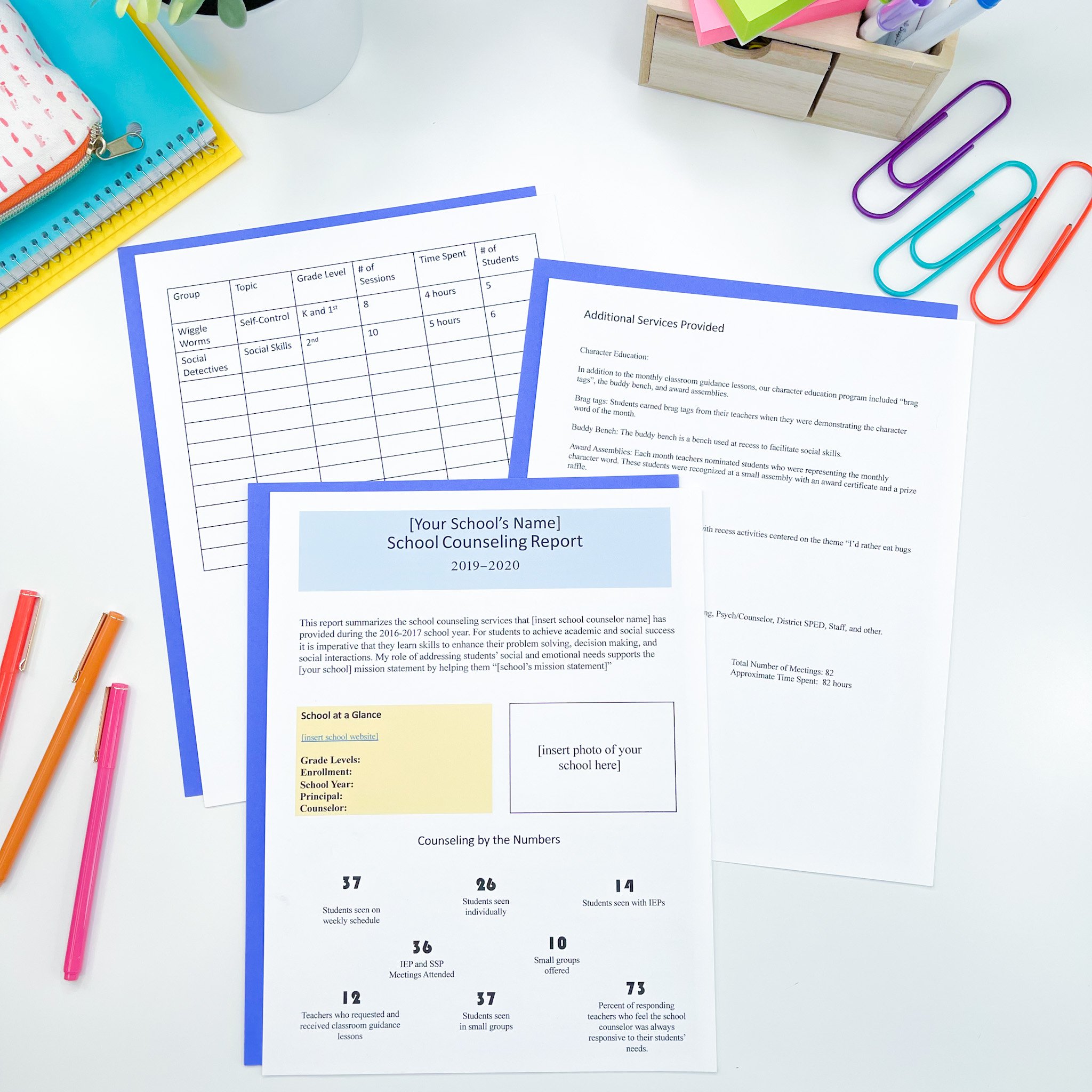
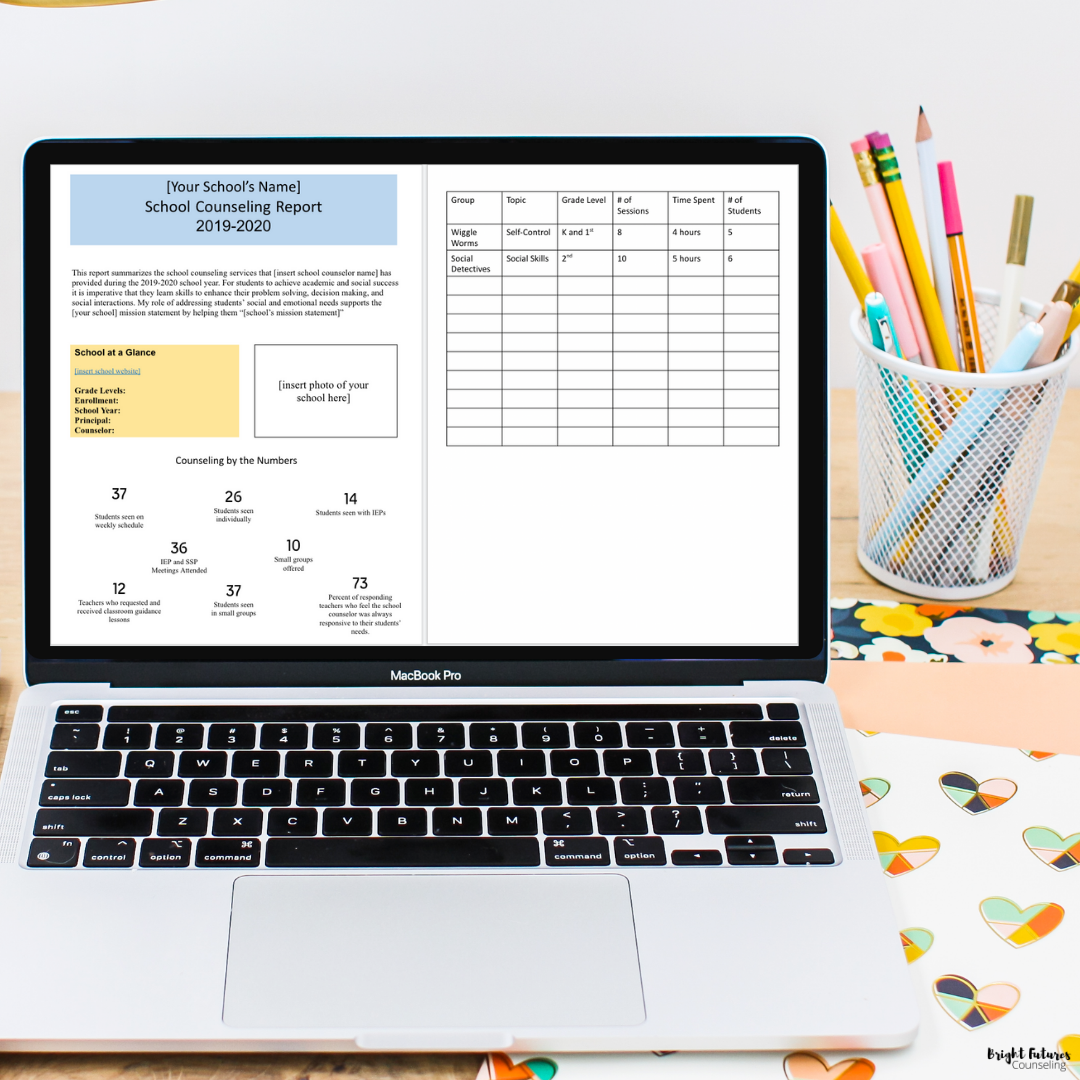

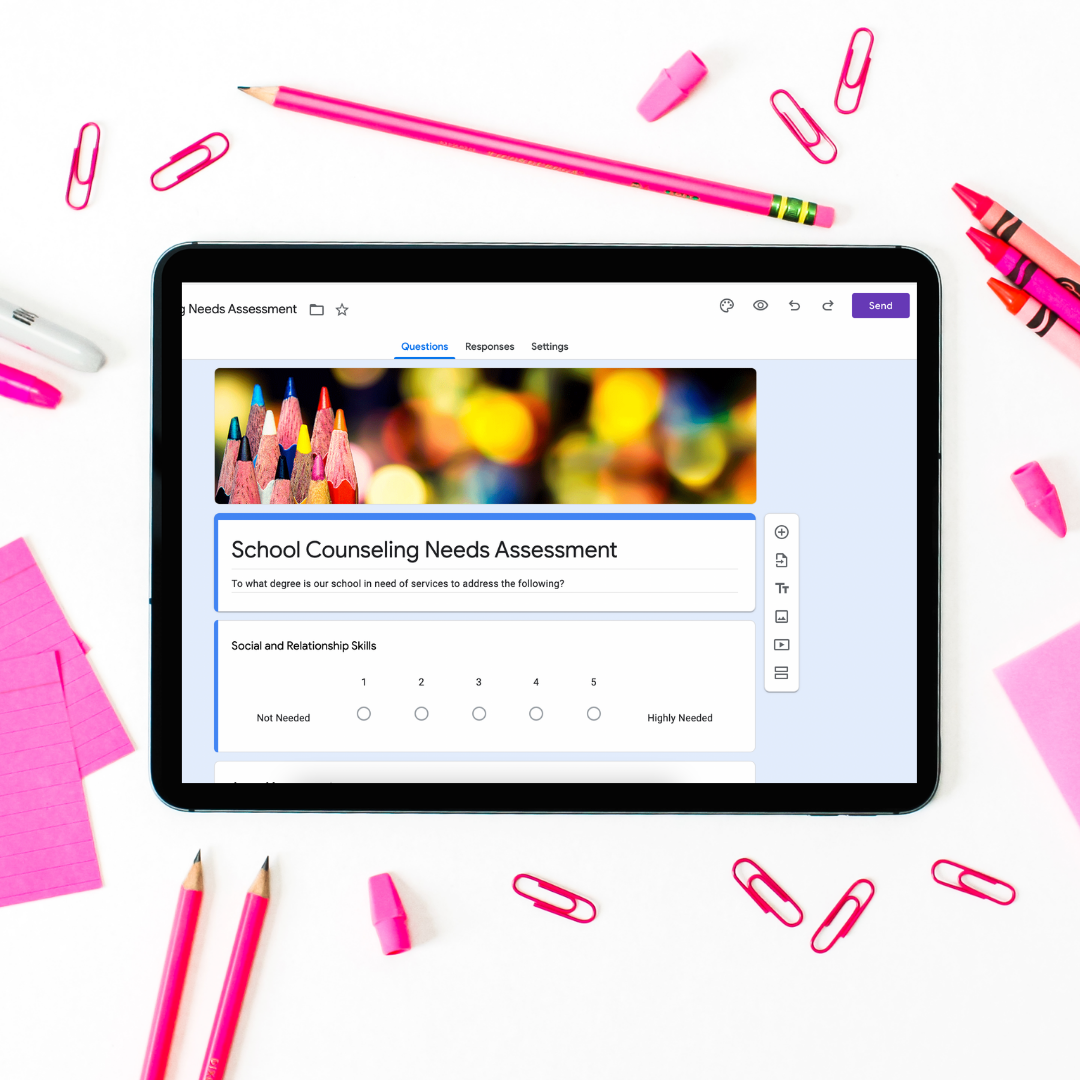
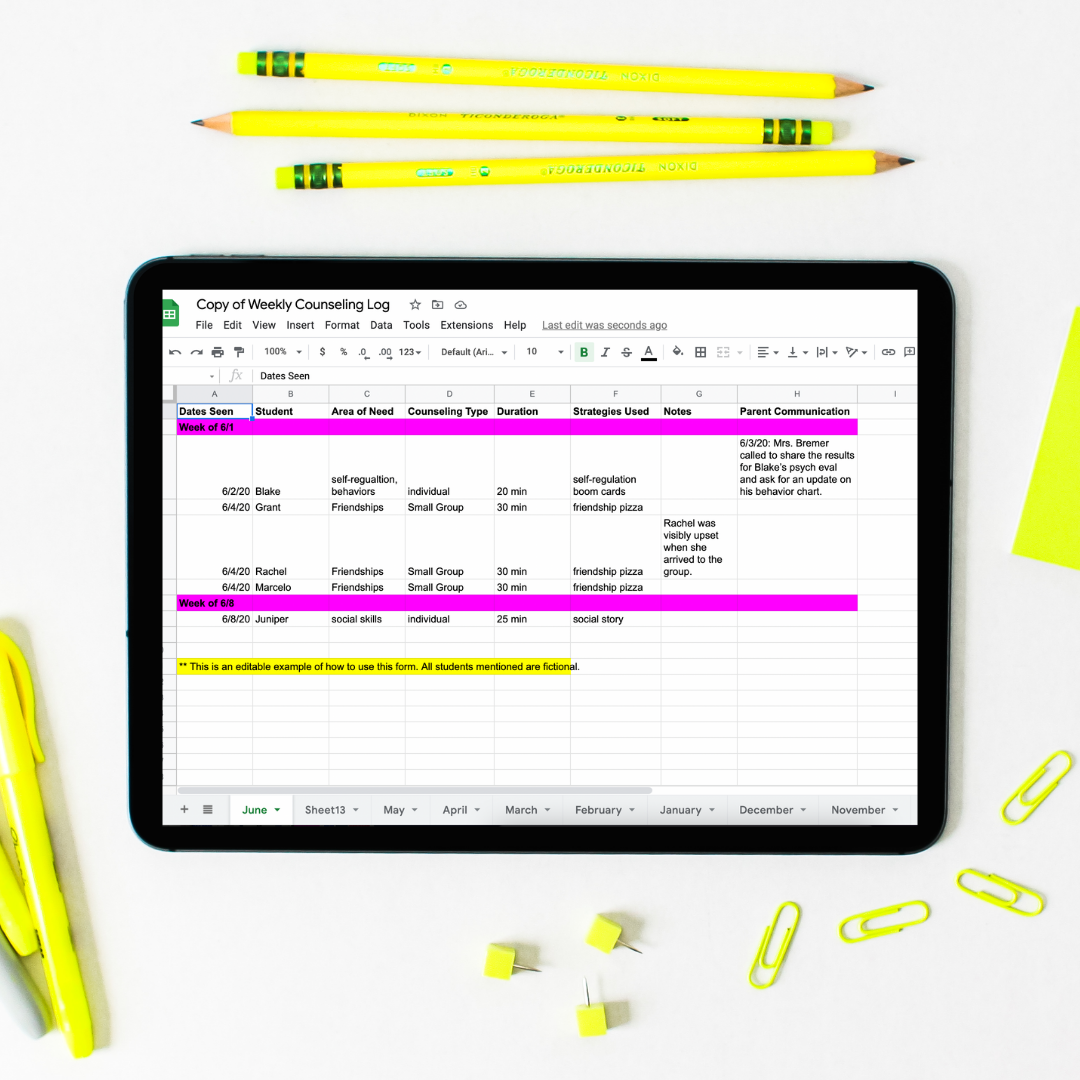
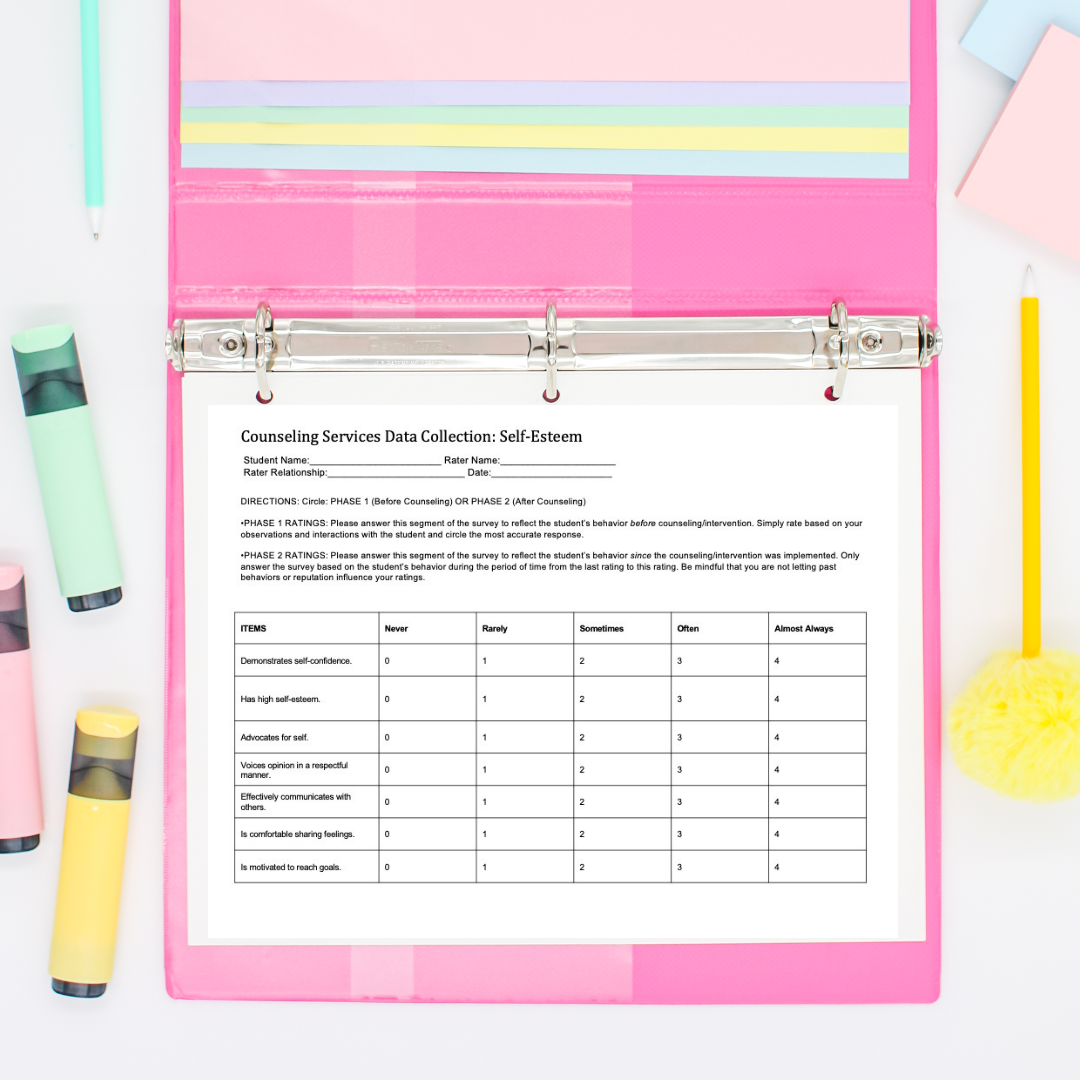

Leave a Reply